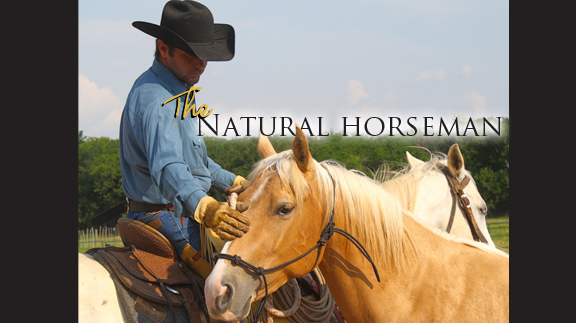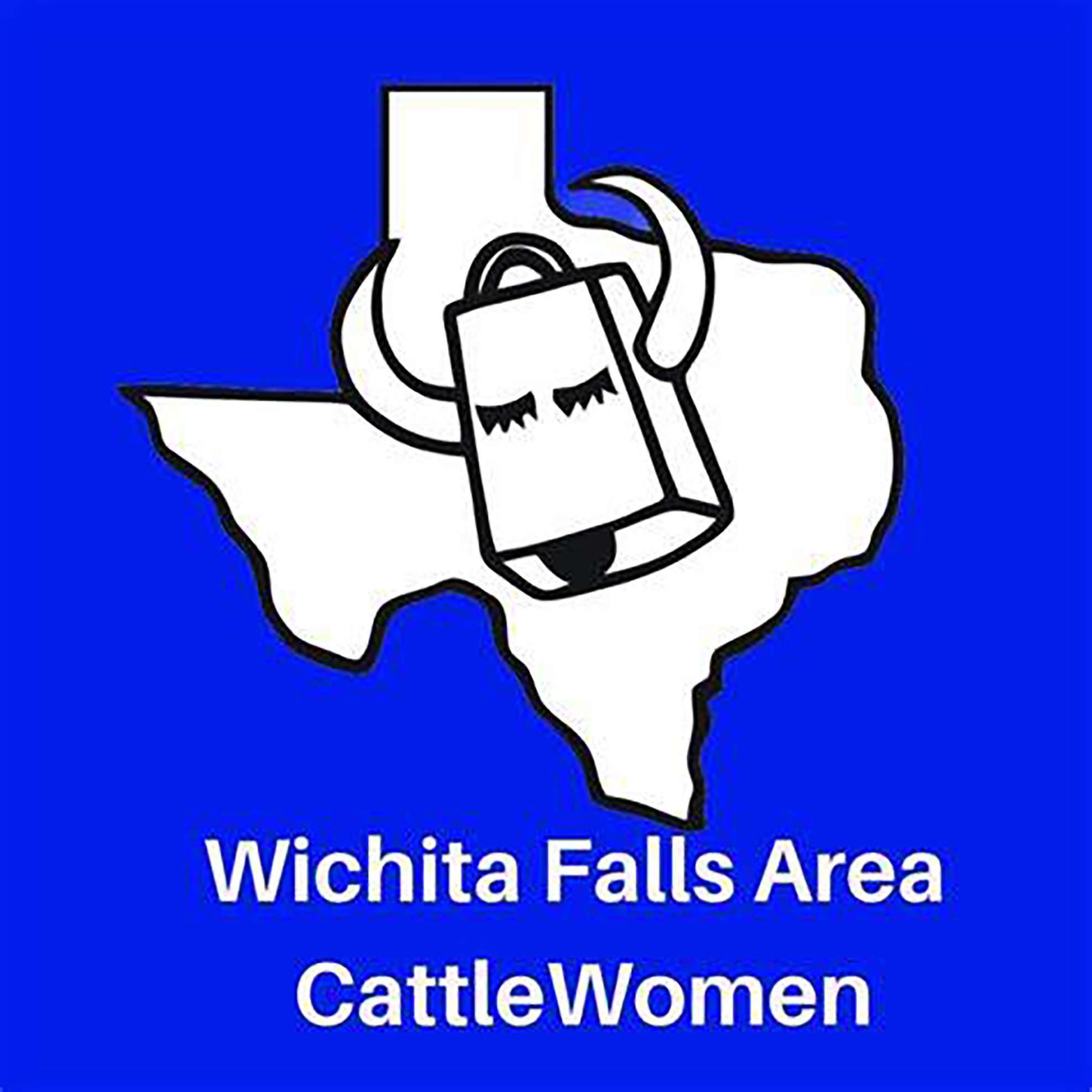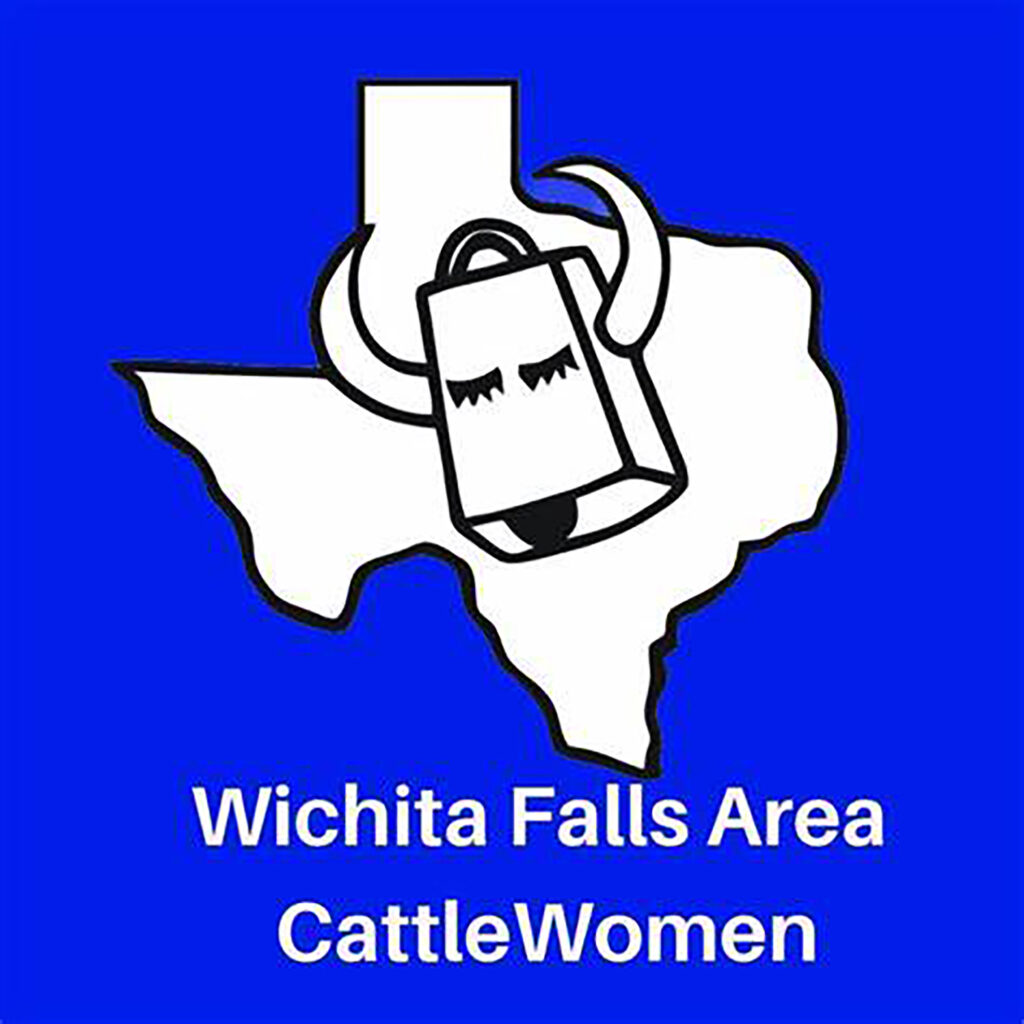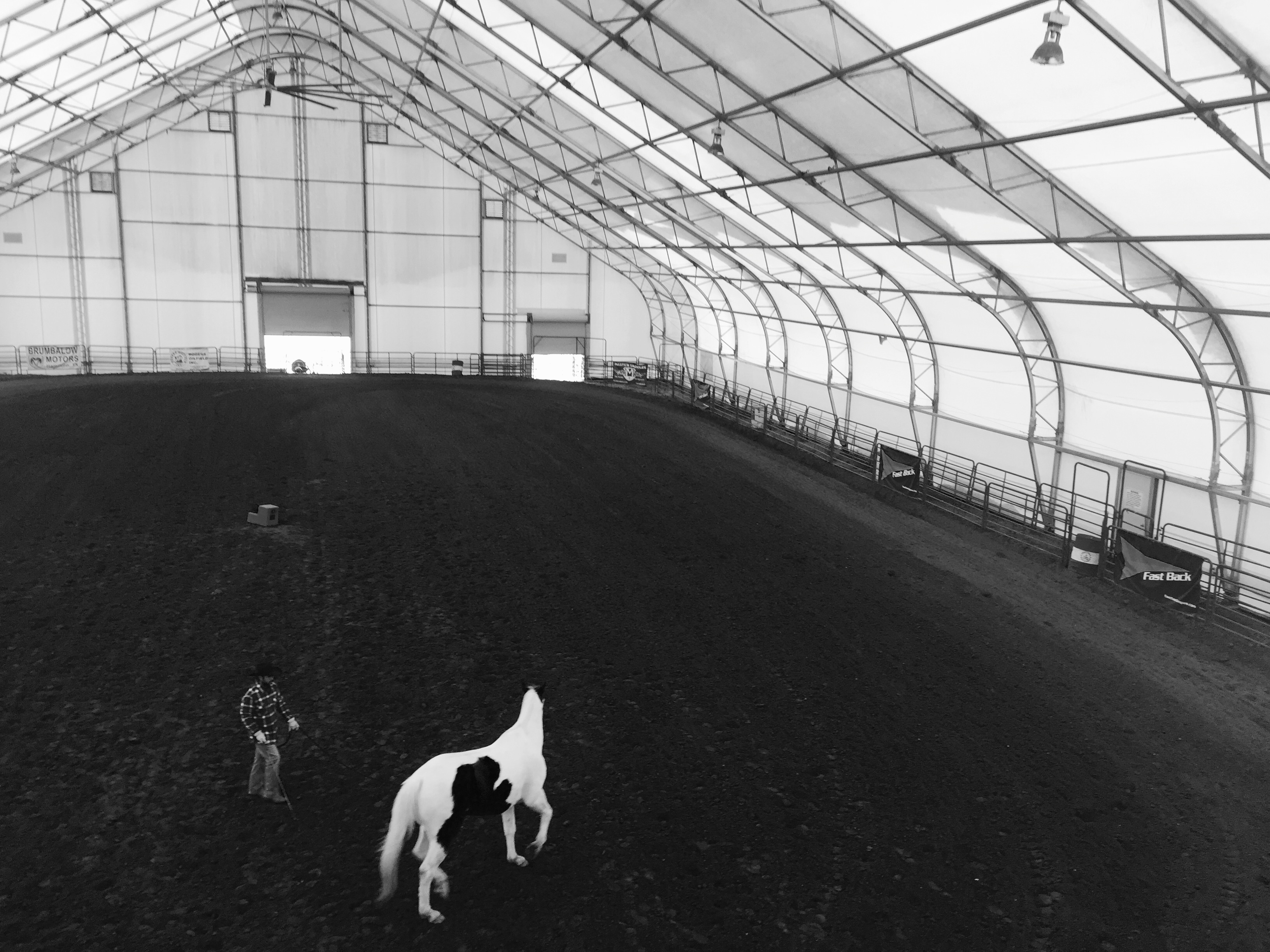HOME
Happy New Year from The Natural Horseman

By Steve Stevens
We have recently been blessed with being able to use a beautiful indoor arena when the weather is bad and we can’t work outside. So I was really excited to go train today since the ground was saturated with melting snow.
I was going to work a big paint named Chief that has been in training with us for about a month. Chief was brought to us because he could be quite dominant and spooky.
The indoor arena has a round pen in the corner of it so I turned Chief out in it as I was going to grab my tack. I wasn’t about ten feet away when I hear this swooshing noise and I see Chief almost jump out of the round pen. It was pretty sudden so I went towards him and then saw out of the corner of my eye one section of the clear span building on the outside sliding down and crashing. I couldn’t believe it, but it was the snow melting and almost creating an avalanche on the sides of the arena. This would probably be scary for the most seasoned horse let alone one that has been known to be jumpy.
I have gotten Chief good at the basics of lunging, staying out of your space and being respectful. But I thought, what an opportunity to see how much has been accomplished.
So I led Chief out into the arena and sure enough like clockwork the sides started caving in one by one. It sounded like I was at Nascar.
Chief was really nervous so I did the most important thing you can do with a nervous horse, which was to send him out away from me on the lunge line.
He can spook, run or buck as long as he is respectful of my space.
I didn’t want to take his nature of feeling safe away by not letting him move. I just wanted him to move his feet in a way that I could keep him busy and me safe by redirecting his mind. So we started lunging, changing directions, backing and doing rollbacks. To start, he would jump and have minor bolts when the avalanche would hit, but after a handful of minutes of working, he started looking to me for answers and whenever he relaxed I would take the pressure off and step away.
Before long Chief was standing still on a loose lunge line while the snow crashed. It is really important to not hold a horse tight when they are scared of anything because it makes them feel more trapped. Just let them have space and help them move their feet and before long they will come back to you without the big battle we see so often.
I didn’t expect to be training at the bottom of Mount Everest this morning, but I didn’t let it frazzle me and I took advantage of a great training opportunity. Chief tried real hard today and I was really proud of him. I have to admit I am excited to just go and work without all of the excitement, but sometimes you just have to roll with the punches.
Happy New Year everyone! I hope you get to ride horses more than you ever dreamed in the new year.
HOME
Preparing Spring Gardens

By Hannah Claxton | Editor
The North Texas area is located within USDA Hardiness zones seven and eight. The zones are categorized by predicted low temperatures for winter and timing of the first and last frosts.
Zone seven usually has winter low temps between 0 and 10 degrees F with the average date of the first frost falling between Oct. 29 and Nov. 15 and the average date of the last frost falling between March 22 and April 3.
Overall, these two zones have similar climates and growing conditions, making the options for timing and variety within a garden very similar.
In these zones, cool-season crops should go in the ground in March, meaning that soil preparation should start now.
To read more, pick up a copy of the January edition of North Texas Farm & Ranch magazine, available digitally and in print. To subscribe by mail, call 940-872-5922.

HOME
Equine Vaccinations

By Heather Lloyd
Vaccinations are a critical component of maintaining the health and well-being of horses, especially in environments where they are exposed to other animals, such as in the sport, show and performance arenas. Horses, like all animals, are susceptible to various infectious diseases that can spread quickly and cause serious harm.
A routine vaccination schedule helps prevent the spread of these diseases by preparing the horse’s immune system.
To read more, pick up a copy of the November edition of North Texas Farm & Ranch magazine, available digitally and in print. To subscribe by mail, call 940-872-5922.

HOME
Wichita Falls Area Cattlewomen

Having herds on a controlled breeding schedule means that we have a predictable calving schedule, and while it’s only over a couple of months, for us it does fall right after the start of the year. I lobby annually to call ours the “Winter calving season”, but I am outvoted and my husband still refers to it as Spring. Unlike producers in our Northern States, we don’t have to contend with brutally harsh winter weather, and on those rare times we do, thankfully it is not for extended periods. Regardless of whether you have a Spring or a Fall calving schedule, the health of a newborn calf begins with the mother’s health, and the mother’s health is largely dependent on the producer.
To read more, pick up a copy of the November edition of North Texas Farm & Ranch magazine, available digitally and in print. To subscribe by mail, call 940-872-5922.

-

 Country Lifestyles2 years ago
Country Lifestyles2 years agoScott & Stacey Schumacher: A Growth Mindset
-

 Country Lifestyles8 years ago
Country Lifestyles8 years agoStyle Your Profile – What your style cowboy hat says about you and new trends in 2017
-

 HOME8 years ago
HOME8 years agoGrazing North Texas – Wilman Lovegrass
-

 Outdoor10 years ago
Outdoor10 years agoButtercup or Primrose?
-

 Country Lifestyles5 years ago
Country Lifestyles5 years agoAmber Crawford, Breakaway Roper
-

 Equine1 year ago
Equine1 year agoThe Will to Win
-

 Country Lifestyles9 years ago
Country Lifestyles9 years agoJune 2016 Profile – The man behind the mic: Bob Tallman
-

 Country Lifestyles8 years ago
Country Lifestyles8 years agoDecember 2016 Profile, Rusty Riddle – The Riddle Way






